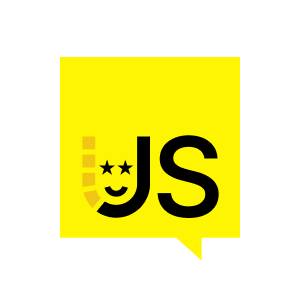Understanding Low-Level Spying and Mocking
Testing is a crucial part of software development, and understanding the tools available is vital. SignOn and Jest are popular choices when it comes to low-level spying and mocking capabilities. Both tools offer similar APIs for creating spies, which involve taking an object and a method to track their interactions. SignOn provides some alternatives in API syntax, such as using dot notation, whereas Jest uses camel case syntax. Despite these differences, they essentially accomplish the same tasks.
One-on-one comparisons between SignOn and Jest reveal that both can match strings or expectations. However, SignOn offers custom matchers as a convenience, which are easy to use and straightforward. In contrast, Jest requires developers to create custom matchers themselves, which can be a bit more work. This is likely why custom matchers are less common in Jest.
Asynchronous Testing Approaches
Asynchronous testing is another area where these tools differ slightly. With SignOn, developers can wrap promises and make assertions directly on them. On the other hand, Jest requires gathering all promises first and then using Promise.all to verify their order. This method ensures that the sequence of calls is correct. Despite these differences, both tools ultimately achieve the same goal in asynchronous testing.
In terms of stubs and mocks, SignOn's CyStub is comparable to Jest's JestFn. Both allow for the stubbing of object methods. While Jest's approach to mock implementations and mock return values can sometimes be confusing, SignOn makes it clear by offering more explicit abstractions. When dealing with promises, SignOn provides a more declarative and cleaner syntax, making it easier to implement complex tests.
Network-Level Spying and Mocking
When it comes to network-level spying and mocking, Cypress Intercept and Mock Service Worker (MSW) are two tools that stand out. Cypress Intercept allows developers to mock network requests directly, providing a simpler API that requires less code to manage. In contrast, MSW involves defining handlers, routes, and setting up a server, which can be more labor-intensive.
One of the advantages of Cypress Intercept is its flexibility. It allows developers to make changes or overwrite configurations easily within test blocks. This flexibility can significantly reduce the amount of code needed and make tests less noisy. MSW, while powerful, requires more setup and lacks the same level of flexibility, as handlers must be defined at the beginning and used throughout the test blocks.
Developer Experience and Observability
The developer experience is a critical factor when choosing testing tools. In testing frameworks like Cypress and React Testing Library (RTL), the difference in developer experience can be significant. Cypress provides a real browser environment, offering full observability into the component being tested. This allows developers to see exactly what is happening with the browser, the network, and the DOM.
In contrast, RTL operates mainly in the terminal, providing HTML output as text. While this can be sufficient for some tests, it lacks the depth of insight that a real browser environment can offer. The ability to interact with the component in a browser and use developer tools can make debugging and understanding test failures much more manageable.
Practical Examples and Insights
Practical examples reveal that as components become more complex, the benefits of using Cypress become more pronounced. For instance, when dealing with asynchronous behaviors or complex interactions, Cypress's built-in retry capabilities and real-time feedback can lead to more stable and reliable tests. This stability is especially crucial in continuous integration environments.
RTL can achieve similar outcomes, but often requires additional setup or workarounds, such as using the WaitFor API for asynchronous checks. These differences highlight the importance of choosing the right tool for the task, considering both the complexity of the component and the testing needs of the project.
Conclusion
Each testing tool brings its own strengths and challenges. SignOn and Jest offer powerful low-level spying and mocking capabilities, with SignOn providing more convenient abstractions. Cypress Intercept simplifies network-level mocking with its flexible APIs, while MSW offers a robust but more complex setup. The choice between these tools often comes down to the developer experience and the specific needs of the project. By understanding the nuances of each tool, developers can make informed decisions that enhance their testing strategies and improve their software's reliability.
























Comments